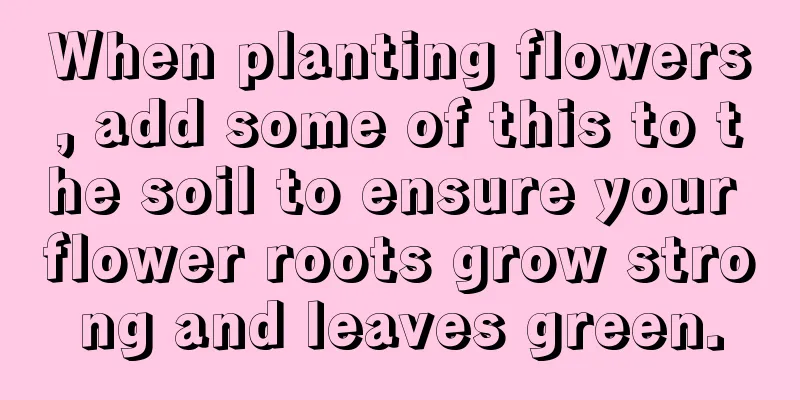Types of Plum Bonsai

Types of plum bonsai: Wandering PlumThe plum blossom trunk is required to be strong. When making it, the trunk is fixed with heald ropes, twisted to the right, and then the heald ropes are pulled upwards and tied to the appropriate position to fix the left bend. The trunk is then twisted to the left to form a right bend. Pull up the right-bend fixed heddle rope to form an S shape, and repeat the same method to complete the dragon body. Then trim the remaining branches accordingly for the dragon claws and tail. It will be done after years of modeling training. Types of plum bonsai: Rolling Dragon PlumChoose the Jade Butterfly Longyou Plum because its branches are all naturally twisted and do not require artificial shaping, only slight pruning every year is needed. Types of plum bonsai: PlumWhen the plum blossom seedlings are in the stage of being young, twist its main trunk from the rhizome into a circle, let the trunk grow upward, and slightly trim the branches. Production type of plum bonsai: split plumSelect the main trunk of a large plum tree, split it in half, and cultivate it with the roots. After being polished by wind, frost, rain and snow, the wood of the main trunk will rot and branches will grow on the back bark, then you can put it in the pot. Types of plum bonsai: Shunfeng plumThe main trunk of the plum blossom is curved and slanted, and the twigs control it and pull it downward, changing its growth direction. Types of plum bonsai: Weeping plum bonsaiChoose the weeping plum variety, use straight-branch plum to cultivate the bamboo trunk and side branch skeleton, then bud-graft other weeping branches onto the twigs, and then prune. Types of plum bonsai: exposed root plum bonsaiWhen the seedlings are young, use ropes to tie the thick roots into an eagle claw shape and plant them under the ground, forming a mound of soil around the roots that is higher than the surface of the pot. As the roots grow, the soil on the surface of the pot decreases and the roots slowly become exposed. |
<<: Tips for shaping bougainvillea bonsai
>>: How to grow raspberries in pots
Recommend
Feeding Tips for Broilers in Winter
In winter, broiler chickens are prone to many dis...
What to do if the anthurium flowers wither
1. When is the flowering period? There is no fixe...
The difference between millstone grass and ramie
1. Leaf Difference The leaves of the grinding whe...
How to safely overwinter the lucky flower? Will the lucky flower bloom in winter?
1. Methods for safe wintering 1. Maintain tempera...
How many times can sorghum be planted in a year?
Sorghum is an important food security crop in man...
How to fertilize rubber trees
Growth habit Rubber trees grow in warm, sunny pla...
How and when to plant wood ear vegetable
Planting time and month of Auricularia auricula A...
What are the varieties of Jianlan
Small peach red The leaf color is lighter and the...
How to grow Gardenia in October, spray it with "it", the leaves will be green and the flowers will bloom
Recently, when Huahua was watering her gardenia, ...
How does the fire-breathing dragon survive the winter?
1. Exposure to sunlight The sunlight outside in w...
Can expired cakes be used as fertilizer?
Expired cakes as fertilizer Expired cakes can be ...
Cultivation methods and precautions for potted bougainvillea
1. Soil It is recommended to use loose, nutritiou...
How to prune figs?
Fig pruning time Figs need to be pruned three tim...
What are the varieties of agave?
Gold Edge Tequila Golden-edged Agave is a typical...
How to grow potatoes quickly and produce high yields?
Potato, also known as potato , is an important fo...









